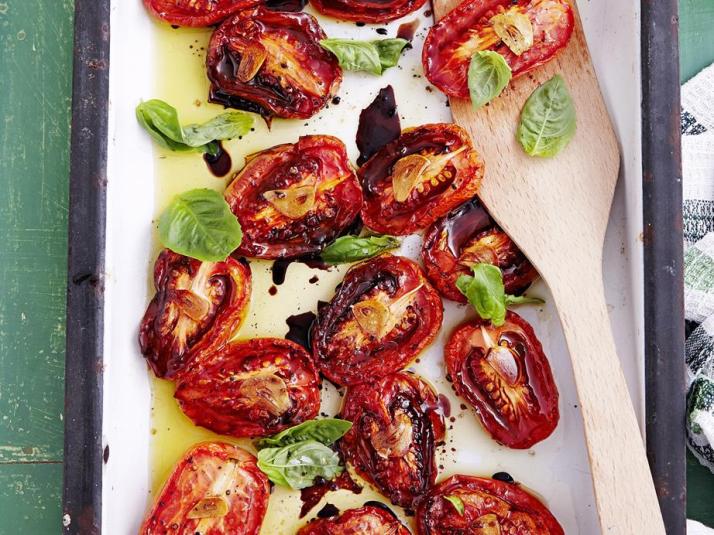6 Ways to Reduce Your Stroke Risk by 50%

Fewer people are suffering strokes than ever before thanks to today’s smart new prevention strategies. In fact, you can cut your odds of a “brain attack” 50 percent — or more — with these measures.
Drink tea.
Drinking three cups of green or white tea daily could cut your stroke risk as much as 33 percent, two studies suggest. Both brews are rich in polyphenols, antioxidant compounds that reduce your liver’s production of
artery-clogging fats called triglycerides.
Both of these teas are best brewed in water that’s been boiled and then allowed to cool for 30 to 60 seconds. Steep green tea for only two minutes or it will turn bitter. Steep white tea anywhere from four to 15 minutes. Sweeten to taste.
Do your housework.
No time, energy or interest in scheduling daily workouts? No need to! A study in the British Journal of Sports Medicine suggests spending 30 minutes tidying and cleaning your home — even making dinner — can cut
your stroke risk as much as 27 percent. Motion, any motion, helps reduce blood pressure, blood sugar, triglycerides, and other big risk factors for stroke, explains lead researcher Elin Ekblom-Bak, Ph.D.
Eat potatoes.
Enjoying one large potato (with the skin) daily helps keep your blood pressure in check, British researchers say — and that’s key because high blood pressure is a top stroke trigger for women. Potatoes are packed with potassium, which helps balance the fluids and electrolyte levels in your body, so you’re less apt to have blood pressure spikes. Worried that eating
potatoes will trigger weight gain? Don’t be. Having even two cups of potatoes daily won’t put on pounds, as long as you don’t deep-fry them or slather them in too much butter or sour cream, say Vanderbilt University researchers.
Tip: Other potassium-rich picks include spinach, tomatoes, raisins, avocados, low-fat yogurt, beans, nuts, bananas, and molasses.
Get your C.
Vitamin C is essential for the formation of collagen, a skin-firming substance that your body uses to repair and strengthen blood vessels everywhere, including in your brain, say Oregon State University scientists.
Vitamin C also lowers blood pressure 9 percent in six months, making it as effective as many Rxs, UCLA experts say. No wonder Japanese studies show that taking 500 mg. of vitamin C daily (the amount in many multivitamins) can cut a woman’s stroke risk as much as 50 percent.
Eat cooked tomatoes.
The pigment that gives tomatoes their vibrant color, lycopene, is also an anti-inflammatory that helps protect your arteries from damage, so eating a half-cup every day can cut your stroke risk 26 percent or more, research suggests. The catch: For best results, you have to eat them cooked. Spaghetti sauce counts! Heat breaks down tomatoes’ cell walls, tripling lycopene absorption.
Up your protein intake.
Fitting two to four ounces of protein into every meal can lower your stroke risk 29 percent, reports the journal Neurology. How? High sugar levels make blood sticky and more likely to clot, but getting a steady trickle of protein is an easy way to keep sugar levels in line. Tip: All protein helps lower blood pressure, but fish is tops. Its omega-3 fatty acids and other nutrients not only reduce blood pressure but also help keep the lining of blood vessels in tip-top shape.
This article originally appeared in our print magazine, Reverse Aging.













